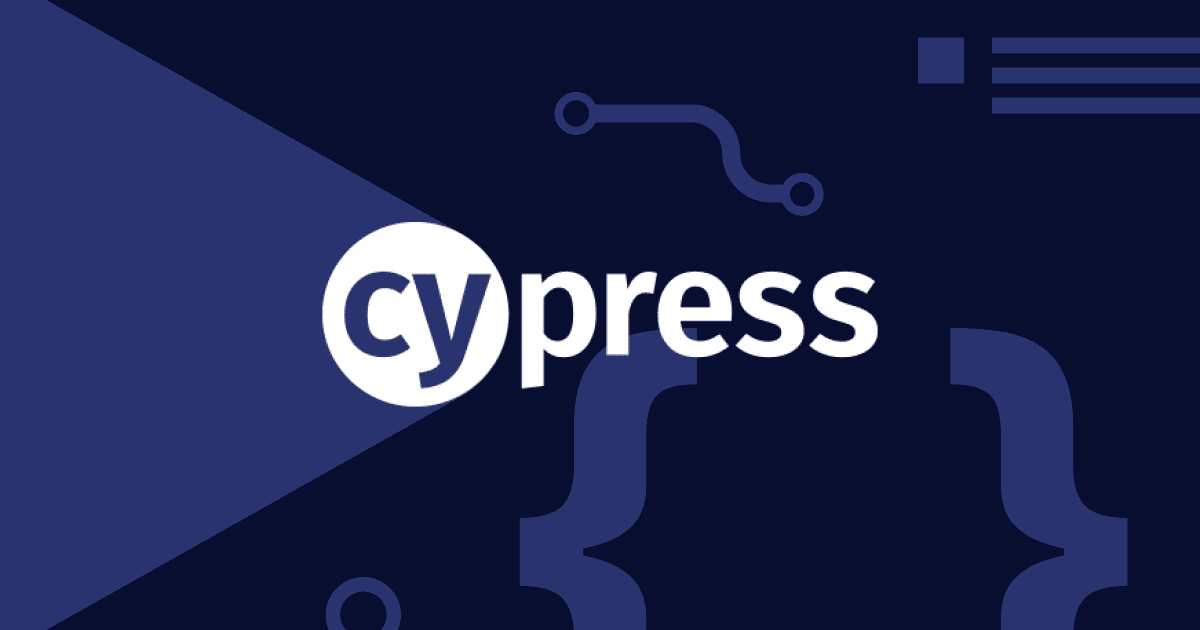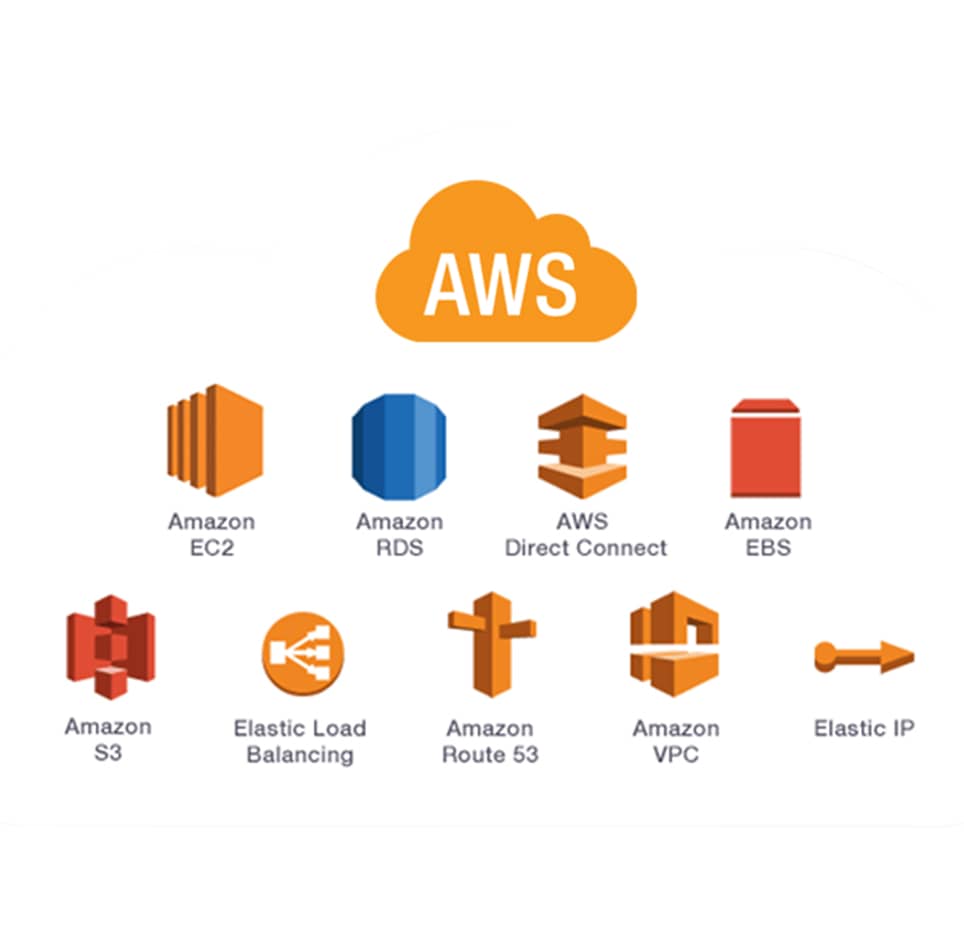
Blog Articles
Level Up Your App Quality: Cypress Testing Strategies and Best Practices
Table of Contents
Introduction
In today’s dynamic landscape of software development, where innovation and user expectations continually evolve, the importance of delivering top-notch applications cannot be overstated. A pivotal aspect of this pursuit is rigorous testing, and this is precisely where Cypress steps in as a game-changer.
Cypress, renowned for its capabilities in automated end-to-end testing, offers developers and quality assurance teams a powerful and flexible toolset. It empowers you to proactively identify and rectify issues, thereby ensuring that your application meets the highest quality standards.
This blog post will serve as a comprehensive guide, exploring the multitude of Cypress testing strategies and best practices. By following these guidelines, you’ll be well-equipped to elevate your application’s quality to new heights. We’ll dive into real-world scenarios, offering practical insights and expert tips that will assist you in optimizing your testing processes and achieving a level of quality that your users will truly appreciate. Stay tuned for a wealth of knowledge that will bolster your software development journey.
Why Cypress?
Cypress is an open-source end-to-end testing framework that provides a robust and efficient way to test web applications. It offers a developer-friendly API, real-time browser preview, and an extensive set of features that make writing and running tests easier and more effective.
Cypress is recognized as a powerful tool in the realm of software quality, offering extensive capabilities for efficient automated testing. When it comes to custom financial software development or iOS mobile app development, Cypress proves invaluable. It allows for comprehensive software testing in healthcare, ensuring the reliability and accuracy of healthcare custom software development projects. Leveraging Cypress in cross-platform mobile app development services can significantly enhance the overall testing process, guaranteeing a seamless experience across various platforms.
In the domain of quality assurance (QA) software testing services, Cypress shines as a preferred tool due to its versatility and effectiveness. Android apps development companies find Cypress to be an asset, aiding in robust testing and validation of their applications. Similarly, in iOS development services, integrating Cypress into the testing process can lead to more reliable and bug-free applications.For banking software development companies, Cypress offers a streamlined approach to testing, contributing to the creation of robust and secure banking software. The same holds true for other sectors, such as travel software development, SaaS application development services, and financial software development services.
Cypress enables you to write all types of tests:
- End-to-end tests
- Component tests
- Integration tests
- Unit tests
Cypress Testing Strategies
Isolation and Independence:
When writing Cypress tests, ensure that each test case is independent and isolated from others. Avoid relying on the state or data from previous tests to maintain consistency and accuracy in your test results.
Modularity and Reusability:
Organize your tests into modular components or functions, allowing for easier maintenance and reusability. This approach helps in scaling your test suite and keeping your codebase clean and manageable.
Prioritize Critical Paths:
Identify and prioritize the critical paths and functionalities within your application. Start by testing the essential features and functionalities that impact the core user experience. Gradually expand the test coverage to cover less critical paths.
Data-Driven Testing:
Use a data-driven approach to test your application with various input data sets. Utilize Cypress fixtures or external data sources to drive your tests, ensuring comprehensive coverage and identifying potential edge cases.
Conditional Testing:
Employ conditional testing to handle different scenarios based on specific conditions. This can be particularly useful when testing features that respond differently under varying circumstances.
Integrating cypress test:
Step 1: Install Cypress
Cypress is distributed as a NodeJS package, and you can install it using the npm command
|
1 |
npm install cypress --save-dev |
Step 2: Open Cypress
Upon the initial installation of Cypress, the “cypress open” command is responsible for creating the necessary project folders and conducting the initial setup.
|
1 |
npx cypress open |
Step 3: Configuring Cypress
After executing the “cypress open” command, the Cypress window launches, presenting a set of options for you to select based on your specific project requirements. Below is an example for your reference.
Step 4: Choose the Test Type
In the welcome window, you’ll encounter two distinct test types: End-to-End Testing and Component Testing. Since our focus here is on UI end-to-end testing, you should opt for the End to End Tests.
Step 5: Review the Configuration File and continue
The Cypress window displays a set of default configuration files that Cypress will generate. You can review these files and proceed by clicking on the “Continue” button.
Step 6: Choose a browser
You can choose from the available browser, Cypress gathers information from all installed browsers in your System. If it supports the Browser type and browser version then it lists in the Choose a browser section. For simplicity, let’s choose Chrome browser and Click on Start End to end Testing using Chrome.
Step 7: Create First Spec window
Since you have created the fresh framework, you need to create the first spec, this also helps to verify if Cypress is installed correctly and able to run our automated tests.
- Click on Create a New Spec
- Enter any name (Example: react-demo.cy.js)
- Click on Okay, run the Spec
Note: By default, it adds the example test script, we can modify them later as per our use case or test scenario
Executing Cypress Tests
Cypress react tests can be executed in two ways
- Using command line
- Using Cypress window user interface
Execute Cypress tests using the Command Line
Syntax:
|
1 |
npx cypress run --browser <browser_name> --spec <spec_file> |
Execute Cypress tests using the Cypress Window
- Enter the command npx cypress open
- Click on End to End testing
- Choose the browser and Start
- Click on the test name (example, react-demo.cy.js)
Cypress Best Practices
Setup and Teardown:
Utilize Cypress hooks like before, beforeEach, after, and afterEach to set up the initial state and clean up after each test. Proper setup and teardown ensure consistent test execution.
Assertions:
Leverage Cypress assertions effectively to validate the expected behavior of your application. Use built-in assertions and custom ones to confirm that your app functions as intended.
Custom Commands:
Create custom Cypress commands to encapsulate repetitive actions and improve the readability and maintainability of your tests. Custom commands help abstract complex interactions into simple, reusable functions.
Handling Asynchronous Actions:
Cypress operates asynchronously, so understanding and properly handling asynchronous actions is crucial. Utilize Cypress commands like .then() and .should() to manage and wait for asynchronous actions to complete.
Optimize Selectors:
Choose efficient and unique selectors to target DOM elements in your tests. Use data attributes or other reliable selectors to reduce test fragility and improve stability.
Conclusion
Embracing Cypress in custom enterprise software development ensures a thorough and efficient testing process, crucial for delivering high-quality software tailored to specific business needs. In medical software development companies, where precision and reliability are paramount, Cypress serves as a valuable tool for enhancing the quality of medical software.
Across the software development landscape, whether for Android application development services or software development for financial services, Cypress plays a pivotal role. Its capabilities in healthcare software development, iOS app development services, and Java software development for any company are widely acknowledged.
Companies engaged in software development services in the USA and worldwide appreciate the benefits of Cypress. It aids in delivering high-quality software applications, bolstering the reputation of the software development firm. As an essential tool in the software development company toolkit, Cypress enhances business software development processes and outcomes.
In summary, Cypress is more than just a tool for automated testing—it is a catalyst for elevating software quality, optimizing user experiences, and contributing to the success of software development companies worldwide.

Get a Fast Estimate on Your Software Development Project
We are committed to delivering high-quality IT solutions tailored to meet the unique needs of our clients. As part of our commitment to transparency and excellence, we provide detailed project estimations to help our clients understand the scope, timeline, and budget associated with their IT initiatives.
Related Posts









